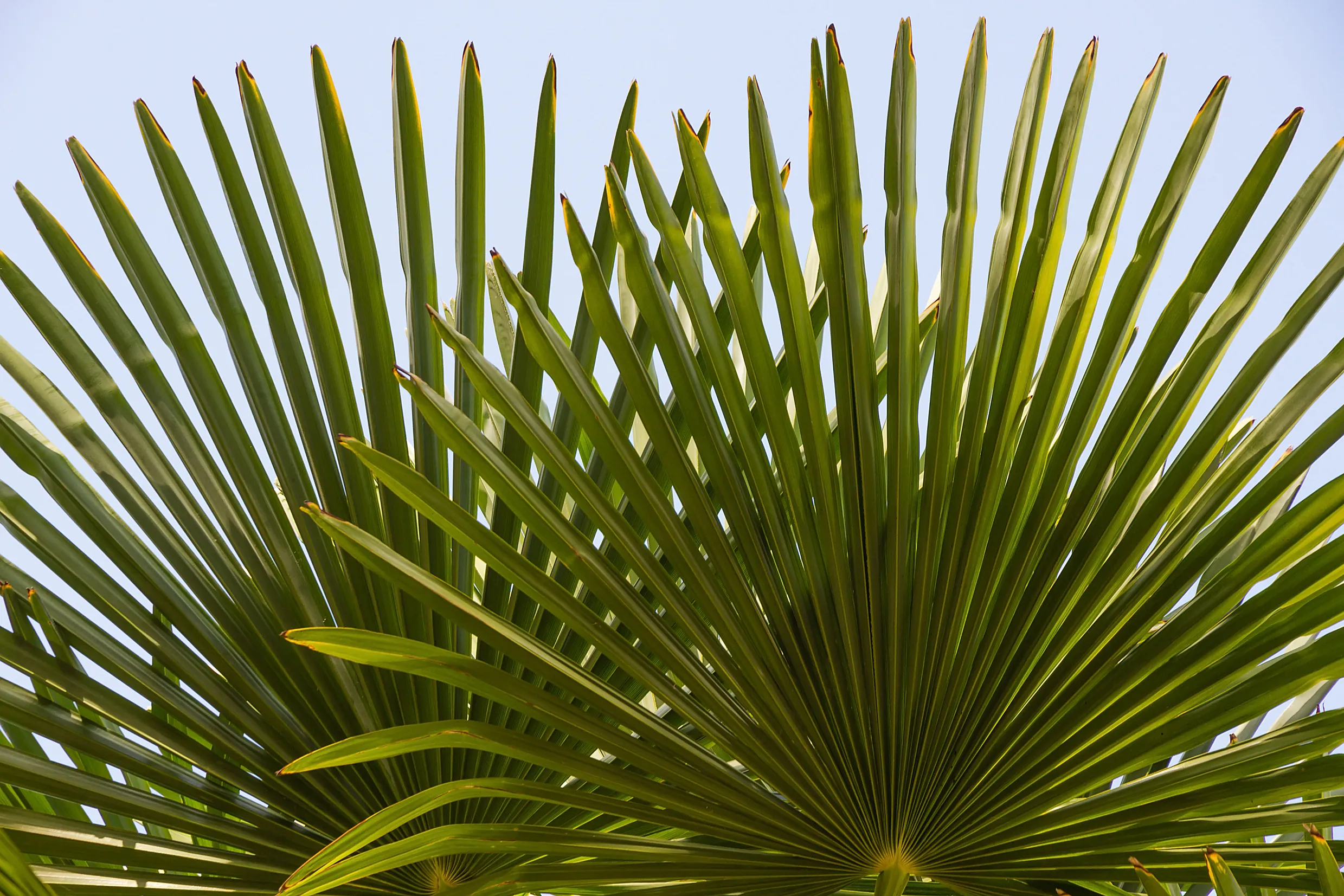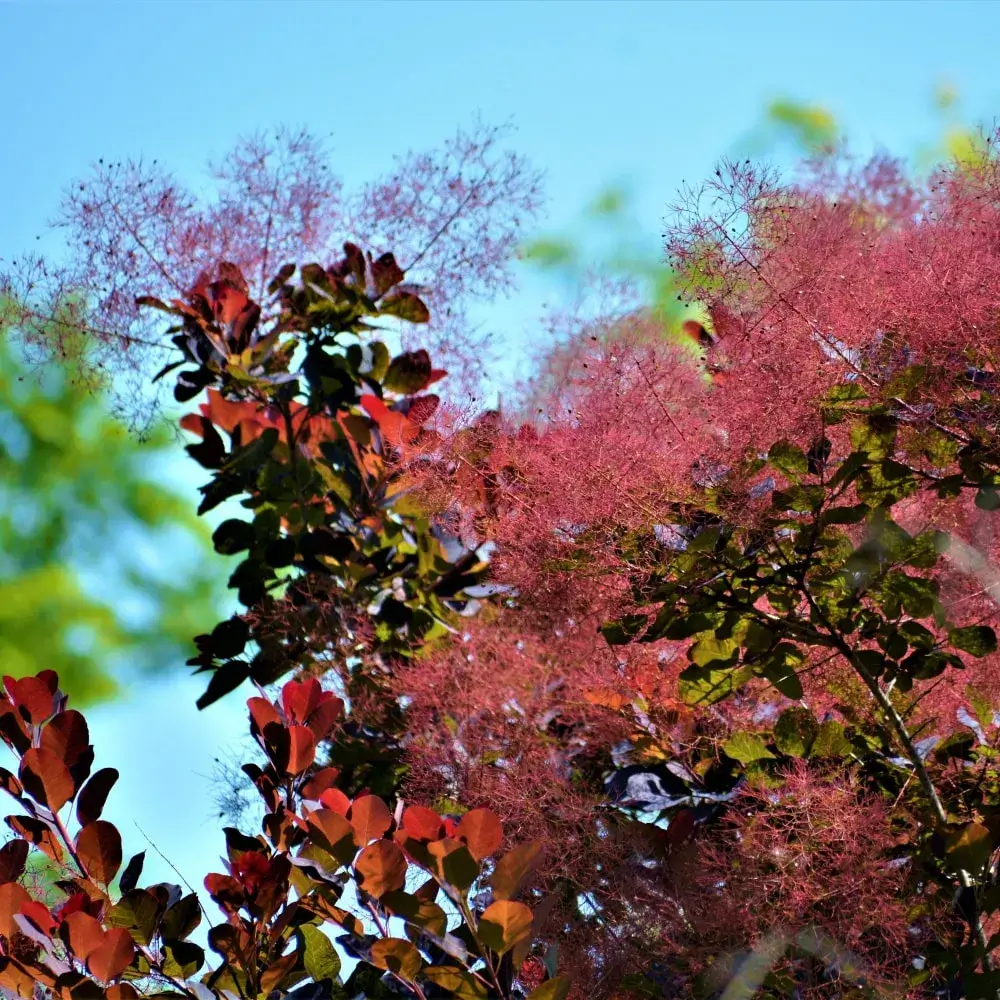Dive into the fascinating world of plants with our curated plant database, a hub of knowledge featuring a wide array of plant species. From vibrant blooms to rare specimens, explore the intricate details and diverse characteristics of the plant kingdom.
Trachycarpus fortunei
Cotinus coggygria
Amelanchier x grandiflora 'Autumn Brilliance'
Fall trees are an essential part of creating a stunning autumn landscape, bringing a symphony of colors to your garden as the seasons change. As the days shorten and the air turns crisp, these trees transition into their fall foliage, offering a spectacular display of nature’s beauty. Understanding the different types of trees and their fall characteristics can help you choose the right trees to add a splash of autumnal color to your outdoor space.
One of the most iconic features of fall trees is their fall leaves. These leaves transform from their summer greens into a dazzling array of reds, oranges, yellows, and browns. This natural phenomenon occurs as trees prepare for winter, breaking down chlorophyll and revealing the hidden pigments within the leaves. Planting trees known for their vibrant fall leaves can turn your garden into a vivid tapestry of colors, making it a focal point of your neighborhood.
The quintessential fall tree is a sight to behold during this season. These trees are not only known for their colorful leaves but also for the unique shapes and textures they bring to the landscape. From the majestic oak with its robust structure to the delicate birch with its peeling bark, fall trees add both visual interest and character to your garden. They’re also vital for wildlife, providing shelter and food for birds and small mammals as they prepare for winter.
Autumn trees are another category that deserves attention. These trees typically have a slower transition into fall, offering a prolonged display of color. They’re perfect for creating a layered effect in your garden, with early bloomers starting the color show and late bloomers extending the autumn display. Autumn trees come in various sizes and forms, making them suitable for different landscaping needs, from small ornamental trees to large, shade-giving giants.
Lastly, trees in fall are not just about the visual spectacle; they also have ecological benefits. As the leaves fall, they create a natural mulch that enriches the soil and provides habitat for beneficial insects. Planting a variety of trees that change color at different times in the fall can ensure a continuous display of color throughout the season. This diversity also supports a broader range of wildlife, contributing to a healthy garden ecosystem.
In conclusion, fall trees, with their stunning fall leaves, are an excellent addition to any garden. Whether you opt for a classic fall tree, an autumn tree, or want to enjoy the general beauty of trees in fall, each type brings its unique charm and ecological benefits. These trees not only enhance the aesthetic appeal of your outdoor space but also play a crucial role in supporting local wildlife. With the right selection and care, your fall trees can become an integral and cherished part of your garden, year after year.
Sign up below to get exclusive deals, discounts, and new plant collections—delivered straight to your inbox! Plus, stay inspired with the latest gardening tips, landscaping trends, and DIY garden ideas. Start growing with us today!
A big thank you for subscribing to the PBN Design newsletter.
We're thrilled to have you join our community. Get ready for exciting updates, insightful content, and more delivered straight to your inbox.
Stay tuned!
Go back


.webp)
